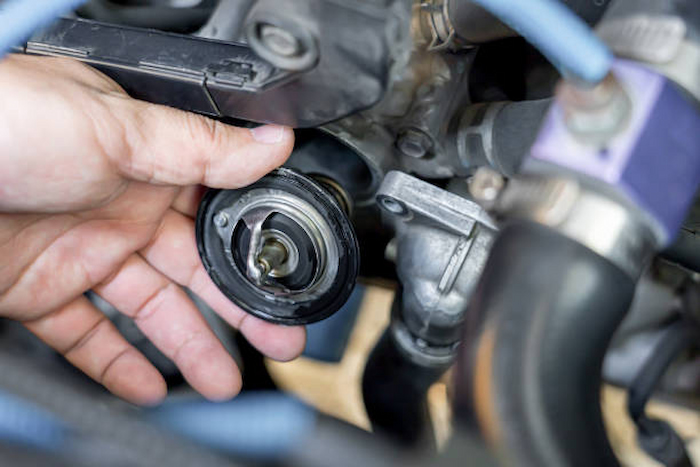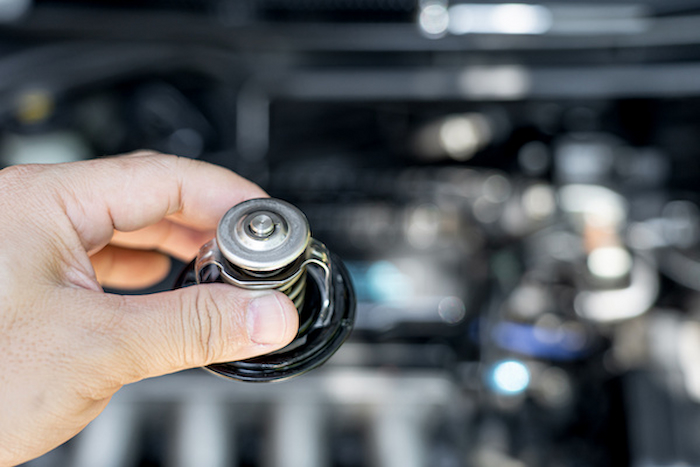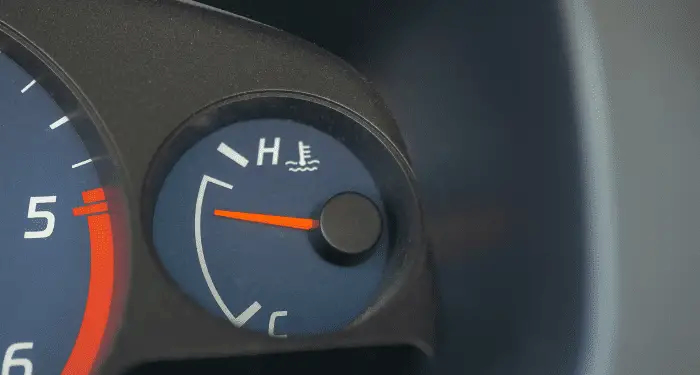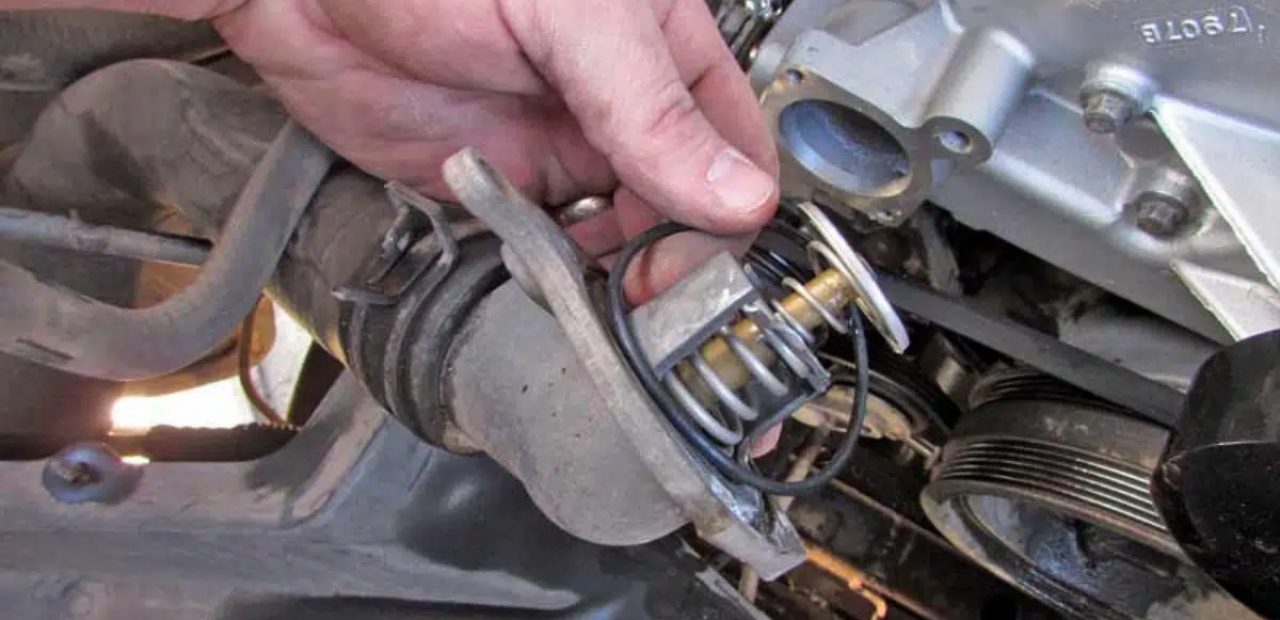The Whats and Hows of Automotive Thermostats
Most engine failures are due to two reasons: a lack of lubrication and issues with the cooling system. Both lead to overheating and, if the issues aren’t resolved early on, costly repairs and ensuing engine failure.
A key component in any cooling system is the car thermostat. It helps the engine achieve and maintain optimal working temperatures, so it has a significant role in both performance and longevity.
Contents
What Are Thermostats?
These pieces are low-tech but perform a vital role. They’re based around mechanical or electric valves that regulate the flow of coolant in the system, by opening and closing. This depends on how hot the engine is.
For most cars, working temperatures range between 90 and 105 degrees Celsius, and this is where the engine performs best and is the most efficient. Until this temperature is reached, the thermostat remains closed.
How It Works
To understand how the different automotive thermostats on the market work, we must first get to know the major parts. In both mechanical and electrical variants, there is a chamber filled with wax pellets. The wax inside melts at a pre-defined temperature and engages a spring.

This pushes open a valve and lets heated coolant flow from the engine and into the radiator, where it is cooled by surrounding air. The valve closes once the engine has cooled, and prevents the passage of more coolant in the system.
Other Roles
Besides controlling the flow of coolant, car thermostats have a say in engine efficiency and longevity. By keeping temperatures around the desired range, they prevent overheating and resulting damage to the engine block, or related issues in the cooling system itself. And they help the engine reach this working range much sooner, thus preventing excess fuel use, and keeping emissions levels reasonable.
The Different Types Available
There are two basic types – traditional wax, and newer electronically controlled models.
The first relies on differences in the coolant temperature to close or open the main valve. This has worked fine in the past, but cars nowadays are subjected to higher heat stress and pressure (to put out more power), so expanding or shrinking wax isn’t the most precise way to manage engine heat.
With the emergence of electronically controlled variations that also feature a heating coil to melt the wax, this has been improved. The coils here are not solely dependent on coolant temperature because they are controlled by the vehicle’s ECU.

The ECU also gets information from other parts, such as separate coolant temperature and engine speed sensors, and can time the opening or closing of the thermostat in relation to engine loads and driving conditions. This makes for better performance and prevents cases of possible overheating.
Signs a Thermostat Is Defective
There are telltale signs that the thermostat may not be working properly. The most common sign is unusually high temperature readings, signalling that the engine is overheating.
This is mainly caused by a valve stuck in a closed position, preventing the circulation of coolant. If it happens early on in the journey with the temperature increasing quickly even when the engine isn’t stressed, the main culprits are the thermostat or the related coolant temperature sensor.
Fluctuations in temperature readings are another sign that the car thermostat may be at fault. Erratic changes between high and low temperatures and vice versa within a matter of minutes point to a defective piece or one that opens and closes at the wrong time.

Similarly, a valve stuck in the open position is the reason behind overcooling, and this leads to a whole list of other issues. Common signs of overcooling are higher fuel use, improper lubrication and soot buildup, more wear on the cylinders and pistons, as well as the risk of condensation and rusting on the exhaust piping.
Lastly, the most obvious sign of serious issues with the cooling system is leaking coolant. If there are breaks or punctures in the hoses or damage to the housing, there’s a likelihood of air getting in, and coolant seeping out. Stains under the car and sweet smells point to coolant that is leaking.
How to Replace
Thermostats in most vehicles are in one of two locations – on top of the engine and connected to the water pump, or lined in the return hose just before the radiator. Locating it is simple, and replacing a defective unit will mean unscrewing the clamps holding it the place and replacing the gasket.
Fitting the new unit requires the same steps, just in the opposite order. During the whole process, it’s normal for some coolant to be lost, and this should be topped up.
Car makers recommend you buy genuine or OEM models, which should provide the same level of performance and coolant temperature management. This is unless you’ve modified the vehicle with performance parts (higher compression rates and richer air/fuel mixtures), in which case, you may want to consider a low-temperature variant.
In addition, check the thermostat when changing out other cooling system parts, such as the water pump or radiator.

















